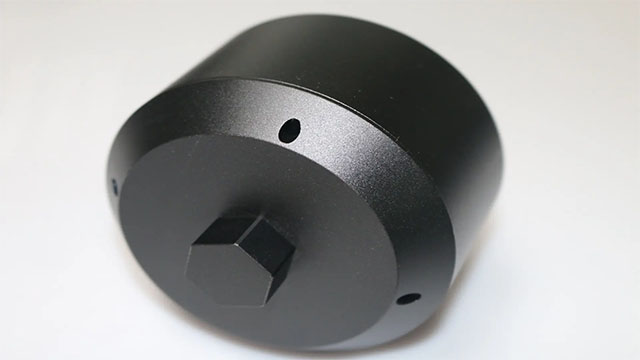BETTER TOUCH BETTER BUSINESS
Contact Sales at Lori.
Today we are happy to share some knowledges about anodizing, which can be carried out on a range of materials, especially aluminum alloys, and make aluminum alloy machined parts practical and beautiful.
Anodizing, sometimes called Type III, provides better corrosion protection and wear resistance in extreme environments or when moving mechanical parts are subjected to a lot of frictions. This is generated by continuing the current until the pore depth exceeds 10 microns, all the way up to 25 microns or more. It takes more time and is more expensive, but produces better results.
Does aluminum need to be preserved?
Although aluminum does not rust, it deteriorates in the presence of oxygen, which is called oxidation. What is oxidation? It just means reacting with oxygen. Oxygen is very reactive and easily forms compounds with most other elements. When aluminum is exposed to the atmosphere, it rapidly forms a layer of alumina on the surface, which provides a degree of protection against further corrosion. But it's not just pure air and water that aluminum must withstand. Acid rain, salt water, and other contaminants can still exploit the weakness of surface passivation. Even modern alloys respond to this environmental exposure, from simple surface discoloration all the way to mechanical failure.
How is aluminum anodized?
In order to prepare aluminum for anodizing, the surface is first thoroughly cleaned and rinsed, and then it is placed in some electrolytic solution, such as sulfuric acid. An electrolyte is a conductive solution that has many positive and negative ions that it wants to exchange.
A positive charge is applied to the aluminum, making it an "anode," while a negative charge is applied to the plate suspended in the electrolyte. The current in this circuit causes positive ions to be attracted to the negative plate, while negative ions gather to the positive electrode (aluminum sheet).

What is the barrier layer in anodizing?
When excess positive ions escape, an electrochemical reaction results in the formation of pores on the aluminum surface. These holes form a geometrically regular pattern and begin to erode into the substrate. The aluminum on the surface combines with negatively charged O2 ions to form alumina. This is called the barrier layer and prevents further chemical reactions at these sites.
How to add color to metal anodizing?
When we think of anodizing, most of us think of colored aluminum. That's the real genius of this process. Nice, stable holes etched into the surface are ideal for introducing tones or pigments. The pigment fills all the empty holes into the surface and then seals them permanently. This is what makes anodized colors so durable - they can't be scraped off the surface because they're actually very dark and can only be removed by grinding away the substrate.
Can materials except aluminum be anodized?
Yes. Anodizing is also suitable for magnesium, titanium and even conductive plastics. It's cheap, reliable and very durable. This is why it is so commonly used in construction accessories, as it is both beautiful and almost impervious to weathering.
Copyright © 2025 Shenzhen Lori Technology Co.Ltd. | All Rights Reserved.